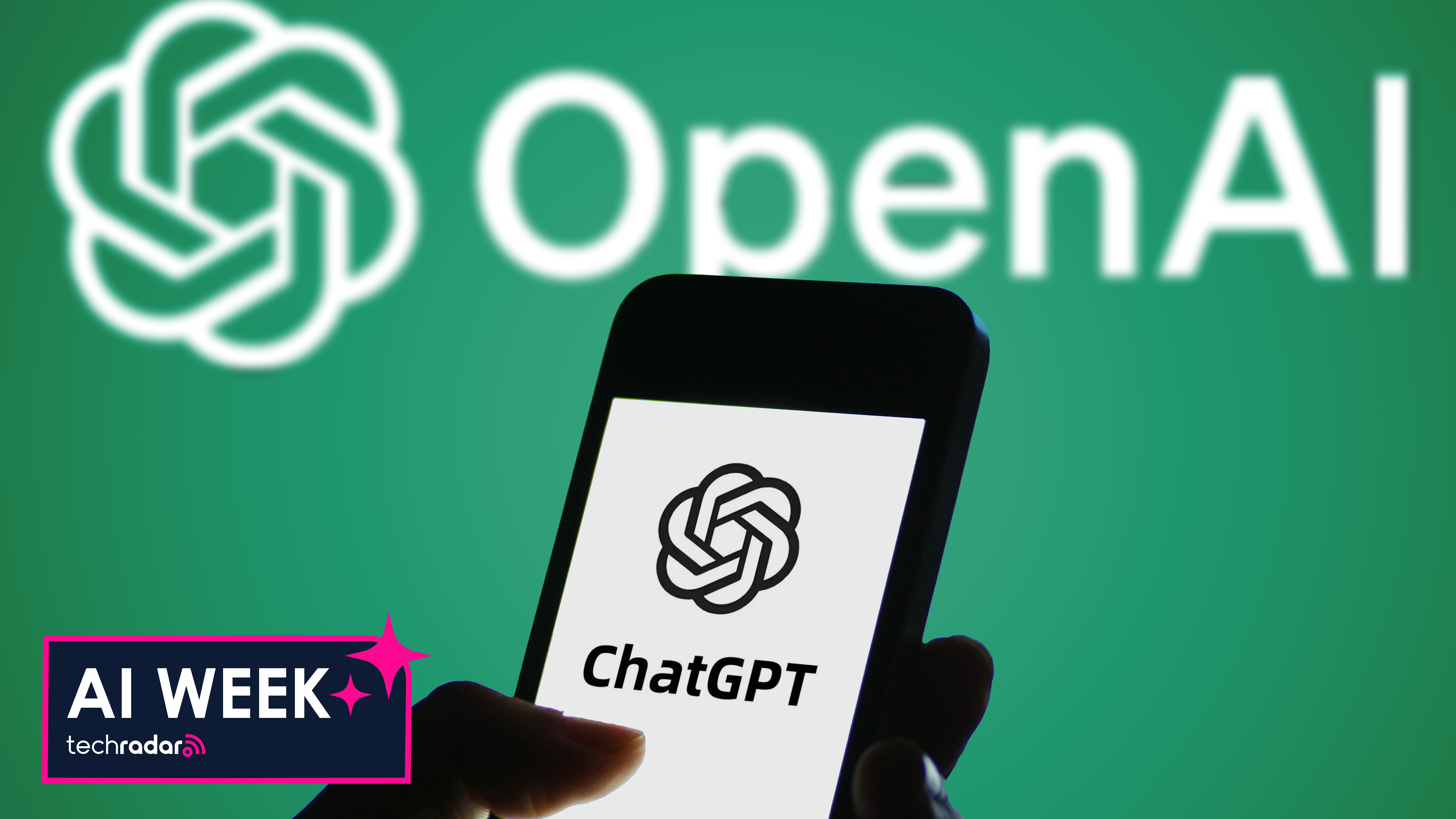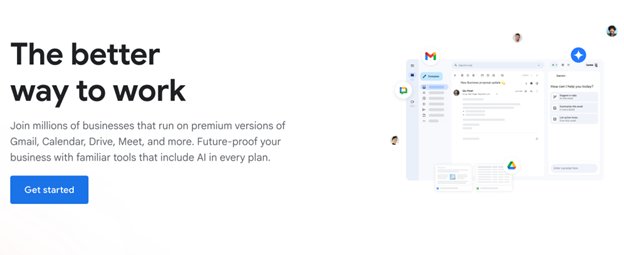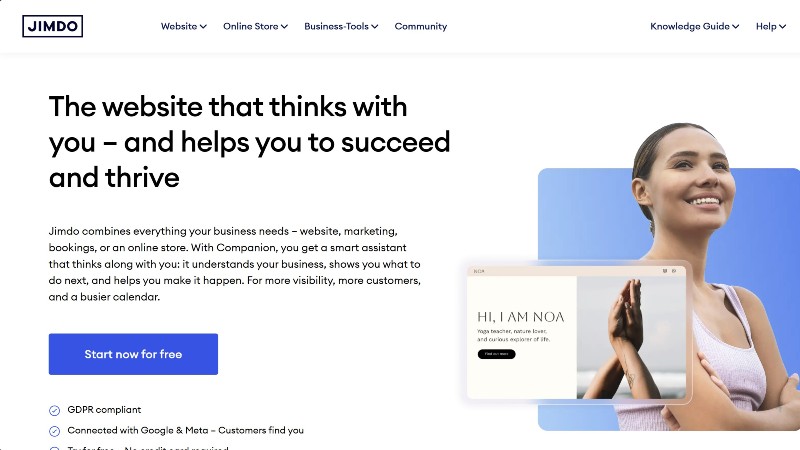- Pro
X announces usage-based API pricing
Comments (0) ()When you purchase through links on our site, we may earn an affiliate commission. Here’s how it works.
 (Image credit: Shutterstock / metamorworks)
(Image credit: Shutterstock / metamorworks)
X is trying to win back developers with a revised, usage-based pricing model for its API (revealed on October 21st 2025), backed by a revamped developer console and an application-only beta that includes a $500 build voucher for selected participants.
The company frames the move as an “open up” moment: fewer rate limits, scaled pricing keyed to actual consumption, and a more modern console experience designed to reduce friction.
Dario BettiSocial Links NavigationCEO of MEF (Mobile Ecosystem Forum).
- Amazon Black Friday deals are live: here are our picks!
As we, at MEF, have noted in similar shifts, pricing is only one part of the platform calculus. Reliability, governance, and clarity of terms are equally decisive.
You may like-
 Companies spending too much on SaaS could cost them more than just money
Companies spending too much on SaaS could cost them more than just money
-
 Falling prices in telecoms: A consumer win with hidden risks?
Falling prices in telecoms: A consumer win with hidden risks?
-
 ChatGPT Free vs Paid: will upgrading actually improve your experience?
ChatGPT Free vs Paid: will upgrading actually improve your experience?
Against that broader backdrop, let’s look at what’s changed, what it may cost, who stands to benefit, and where the uncertainties lie.
What’s new: From flat fees to metered access
X’s latest evolution marks a departure from its previous flat-fee model, introducing a usage-based billing system that charges developers according to their actual data consumption and access volume.
This transition comes with fewer rate limits and more granular control over API usage, offering greater flexibility tailored to diverse project scales and needs.
Alongside pricing, X is also promising a revamped developer experience, complete with a redesigned Dev Console aimed at simplifying onboarding, improving transparency, and enhancing observability and management tools.
Are you a pro? Subscribe to our newsletterContact me with news and offers from other Future brandsReceive email from us on behalf of our trusted partners or sponsorsBy submitting your information you agree to the Terms & Conditions and Privacy Policy and are aged 16 or over.Central to this new approach is an interactive cost estimator, allowing developers to model and forecast expenses before committing to specific access tiers. However, participation is still selective: a controlled beta rollout will initially open to developers with “the best use cases,” each receiving a $500 API credit to begin experimentation.
In essence, X’s shift reflects a broader industry movement toward metered access models, aligning cost with real value while maintaining safeguards against excessive data extraction and AI-driven scraping.
Context: Why the reset now?
After Elon Musk’s acquisition, X’s API landscape shifted: prices climbed, free tiers shrank, and rules tightened. These changes reduced third party innovation and forced many formerly Twitter connected apps to close.
You may like-
 Companies spending too much on SaaS could cost them more than just money
Companies spending too much on SaaS could cost them more than just money
-
 Falling prices in telecoms: A consumer win with hidden risks?
Falling prices in telecoms: A consumer win with hidden risks?
-
 ChatGPT Free vs Paid: will upgrading actually improve your experience?
ChatGPT Free vs Paid: will upgrading actually improve your experience?
These moves were broadly seen as an effort to protect X from large scale data scraping by AI tools and to diversify revenue through additional paid features, they also highlighted a familiar platform trade off.
Over constraining developers tends to erode utility and reduce the user value over the long term. Today, X appears to be edging back toward a middle path, seeking monetization while restoring enough third party access to keep an ecosystem alive.
Early pricing signals: Not obviously cheaper
X’s revised pricing model offers more flexibility, but its value hinges on how each developer uses the API. Against today’s benchmark (the $200/month Basic plan with roughly 15,000 reads and 50,000 writes) the new metered estimator prices the same workload at about $575/month, a notable increase for that specific pattern.
The implication is clear: for many low to mid usage profiles, this won’t translate into savings. That said, teams with atypical access needs, such as high write/low read workloads or sporadic, bursty usage, may see benefits from the finer controls. In short, flexibility improves, but predictability and cost efficiencies remain to be determined.
Key uncertainties and what to watch
Final unit rates: The estimator suggests some loads cost more than the Basic plan; detailed rate cards and public examples will clarify true value.
Rate limits and quotas: “Fewer limits” is promising, but practical ceilings and enforcement will determine viability for real-time and analytics-heavy use cases.
Beta selection criteria: The phrase “only the best use cases and developers” implies prioritization—likely toward applications that align with X’s moderation, safety, or commercial aims.
Longevity of terms: Enterprises seek multi-year stability. Public commitments on pricing windows and change management would bolster confidence.
Balanced outlook
X’s new API pricing model reflects a pragmatic pivot: invite developers back with better tooling and more granular billing, while retaining controls that protect platform data and revenue.
The direction is constructive, particularly the estimator, console improvements, and credits, but early comparisons suggest it won’t be universally cheaper. For many, the question won’t be “Is this cheaper?” but “Is this stable, predictable, and worth building on?”
For now, this feels like an incremental step that could reopen some doors for third-party innovation without fully reversing post-acquisition constraints. Whether it catalyzes a meaningful resurgence in X’s developer ecosystem will depend on unit economics, policy clarity, and trust rebuilt over time.
Takeaway Summary
Pricing model
What changed: Usage base, scaled by access level. Who Benefits: Spiky/niche workloads; precise planners. Caveat: Common patterns may cost more that flat Basic.
Rate limits
What changed: “Fewer” limits promised. Who Benefits: Real-time/light analytics apps. Caveat: Actual ceilings not yet transparent.
Developer console
What changed: Revamped experience. Who Benefits: Faster onboarding, better ops. Caveat: Value depends on actual tooling depth.
Cost estimator
What changed: Interactive pricing dashboard. Who benefits: Budgeting and scenario planning. Caveat: Assumes published unit rates; may evolve.
Access program
What changed: Curated beta with $500 credit. Who Benefits: Selected high-quality use cases. Caveat: Gatekeeping: unclear selection rubric.
Final word
X’s move toward usage-based pricing and better developer tooling is welcome; especially after a period of turbulence that narrowed the platform’s third-party footprint. It may not be a clear cost win for typical “Basic-like” workloads, but it can provide more control for specialized or variable usage.
The broader test will be stability and trust: if X can offer predictable economics and consistent policy over time, the ecosystem will likely respond. For now, this is a cautious positive, with close attention warranted on the numbers behind the narrative.
We rate the best social media management tools.
This article was produced as part of TechRadarPro's Expert Insights channel where we feature the best and brightest minds in the technology industry today. The views expressed here are those of the author and are not necessarily those of TechRadarPro or Future plc. If you are interested in contributing find out more here: https://www.techradar.com/news/submit-your-story-to-techradar-pro
Dario BettiSocial Links NavigationCEO of MEF (Mobile Ecosystem Forum).
You must confirm your public display name before commenting
Please logout and then login again, you will then be prompted to enter your display name.
Logout Read more Companies spending too much on SaaS could cost them more than just money
Companies spending too much on SaaS could cost them more than just money
 Falling prices in telecoms: A consumer win with hidden risks?
Falling prices in telecoms: A consumer win with hidden risks?
 ChatGPT Free vs Paid: will upgrading actually improve your experience?
ChatGPT Free vs Paid: will upgrading actually improve your experience?
 ExpressVPN's new subscription plans – 5 key takeaways
ExpressVPN's new subscription plans – 5 key takeaways
 Semrush has a new tool to help marketers win in the AI age - make sure your business doesn't get hidden
Semrush has a new tool to help marketers win in the AI age - make sure your business doesn't get hidden
 Google Workspace MDM review
Latest in Pro
Google Workspace MDM review
Latest in Pro
 Jimdo adds AI to its website builder, promises better business outcomes
Jimdo adds AI to its website builder, promises better business outcomes
 D-Link routers under threat from dangerous flaw - here's how to stay safe
D-Link routers under threat from dangerous flaw - here's how to stay safe
 Second-order prompt injection can turn AI into a malicious insider
Second-order prompt injection can turn AI into a malicious insider
 A glimpse into the next decade of connectivity: 4 lessons from Yotta 2025
A glimpse into the next decade of connectivity: 4 lessons from Yotta 2025
 Protecting productivity: the imperative of cybersecurity in manufacturing
Protecting productivity: the imperative of cybersecurity in manufacturing
 AI agents are fuelling an identity and security crisis for organizations
Latest in Opinion
AI agents are fuelling an identity and security crisis for organizations
Latest in Opinion
 Elon Musk on the future of jobs and AI, 'My prediction is that work will be optional'
Elon Musk on the future of jobs and AI, 'My prediction is that work will be optional'
 What is data governance and why is it crucial for successful AI projects?
What is data governance and why is it crucial for successful AI projects?
 Bridging the real digital gap in the public sector
Bridging the real digital gap in the public sector
 How cloud-based technology is helping contact centers cut carbon emissions
How cloud-based technology is helping contact centers cut carbon emissions
 Leaving a print at Microsoft
Leaving a print at Microsoft
 How data centers can balance growth with environmental responsibility
LATEST ARTICLES
How data centers can balance growth with environmental responsibility
LATEST ARTICLES- 1The Shark PowerPro is the best-value vacuum cleaner I've tested – and it's ideal for most households
- 2Reliving the 90s via the Analogue 3D is definitely nostalgic, but excellent hardware can't fix an era of video games we should appreciate but never revisit
- 3Garmin Fenix 8 vs Apple Watch Ultra 3 – here's which one I'd buy on Black Friday
- 4Elon Musk on the future of jobs and AI, 'My prediction is that work will be optional'
- 5Black Friday scams are everywhere now – here are the 5 best ways to stay safe




